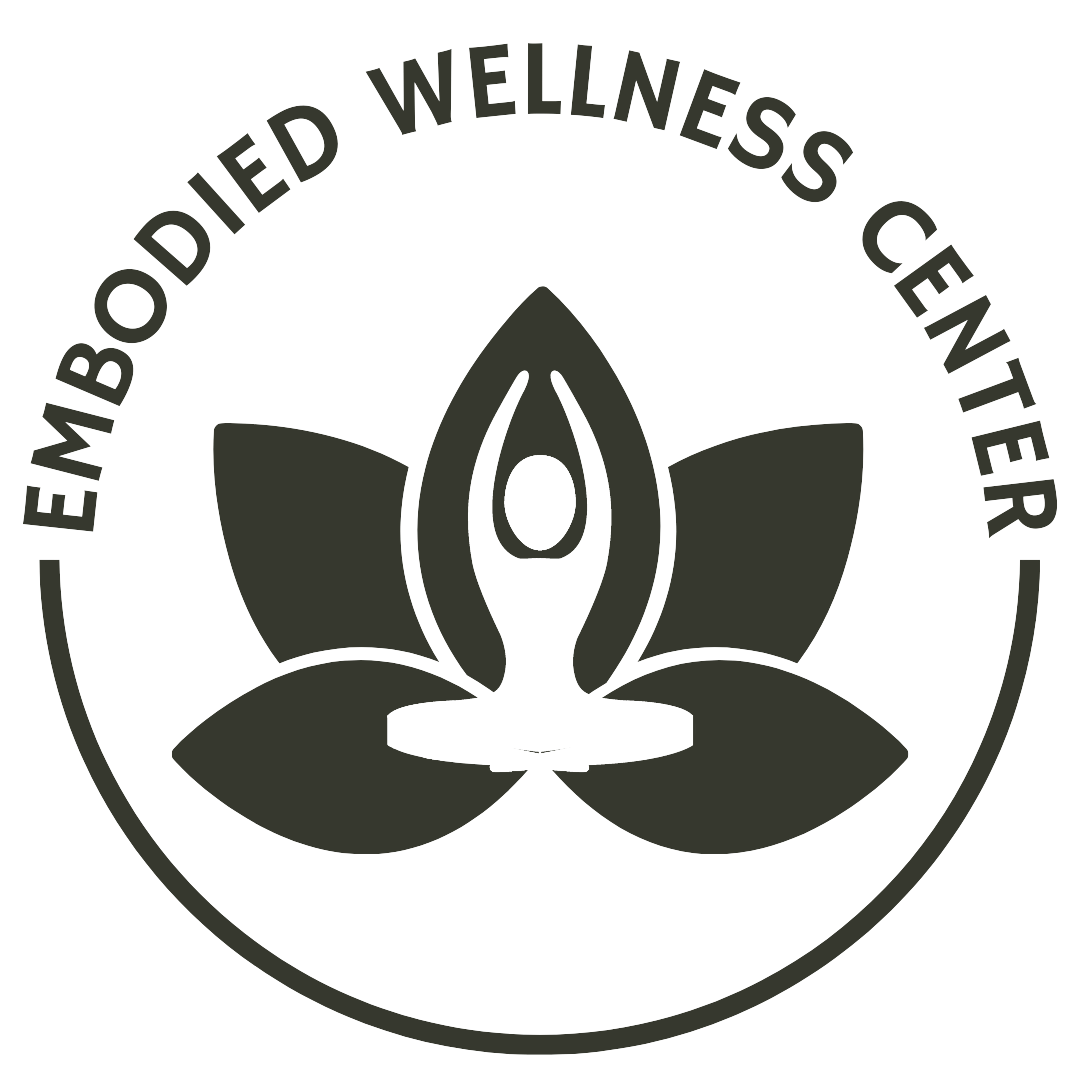8 WAYS TO IMPROVE YOUR EMOTIONAL WELLNESS

What is emotional wellness?
Emotional wellness is the ability to engage in emotion regulation and compartmentalization. Emotion regulation is the ability to identify and manage your emotions effectively. Emotion regulation prevents us from immediately reacting to strong emotions in ways that may make the situation worse. Compartmentalizing our emotions prevents us from carrying our emotions about one situation or event into other areas of our lives.
Additionally, emotional wellness is the ability to…
-
- Easily recognize when you are stressed and find healthy ways of coping with stress.
- Ask for help when needed, whether from friends, family, or professionals.
- Identify your emotional state throughout the day.
- Feel good about yourself and your abilities.
- Accept responsibility for your actions.
- Be flexible and adapt/adjust to life’s changes in a positive way.
- Express all ranges of emotions (i.e., anger, sadness, hurt, joy, excitement) and manage emotion-related behaviors in healthy ways.
- Maintain a balance of work, friends, family, school, and other obligations.
- Think before you act and prevent emotions from getting the better of you.
- Have a healthy relationship with social media.
If you struggle with emotional wellness, it may be because…
-
- You lack the skills to regulate your emotions effectively.
- You struggle to identify your emotions.
- Your environment reinforces your emotions (i.e., a child who throws a tantrum when his mother takes away his toy is then given his toy, but in adult form).
- You were raised in an environment that shunned or discouraged emotional expression.
- You were raised in an environment where your emotional needs were not met on a consistent basis.
- You were raised in a chaotic, abusive, or conflict-ridden household.
How can you improve your emotional wellness?
If you’re wondering how you can improve your emotional wellness, here are some suggestions:
1
Journal
Journaling helps bring more awareness to the constant mental chatter in our minds that we may not recognize throughout the day. Journaling can also help you spot patterns and trends in your emotions and help you identify triggers for your emotions. You can use specific prompts or try a “stream of consciousness” journal and write everything on your mind.
2
Check in with your emotions throughout the day, particularly during transitions
We often don’t realize the residual emotional buildup we may be holding onto throughout the day unless we intentionally check in with ourselves. To do this, take a moment and close your eyes. Then, silently ask yourself, “how am I inside right now?” Bring awareness to any bodily sensations or thoughts, good, bad, or neutral. After a few moments, scan your body from head to toe, seeing if you can release any tension you may be holding onto. Finish the check-in by taking a deep breath, exhaling out anything that you need to let go of.
3
Create a coping card that lists your go-to coping skills
Our ability to recall and retain information when in fight-or-flight is limited, so it is hard to identify healthy coping skills when experiencing intense emotions. Take memory out of the equation by writing down your most helpful coping skills beforehand. Keep the card with you at all times.
4
Set boundaries with social media
Though social media has many benefits, it can also spark negative emotions, often without our recognition.
5
Go to therapy
A therapist can help you identify your triggers, increase self-awareness, and learn more effective ways to cope with your emotions. Don’t know where to start? Check out Psychology Today or contact us to be connected with one of our therapists.
6
Become more aware of your thoughts, especially negative ones
Activities like journaling and therapy can help us bring more awareness to our thoughts, as we often don’t even realize the constant mental chatter occurring throughout the day. Once you become more aware of your negative thought patterns, start to unpack them a bit. Once we start to unpack and question negative thought patterns, (a technique in cognitive behavioral therapy called thought challenging) they start to lose their power. For example, you can ask yourself the following:
-
- In what ways are my thoughts about my current circumstances contributing to my own suffering?
- What could be the effect of changing my thinking?
- What purpose does the thought serve?
- Is there an alternative explanation or viewpoint?
7
Practice mindfulness
According to mindfulness guru Jon Kabat-Zinn, mindfulness is defined as “paying attention to something, in a particular way, on purpose, in the present moment, nonjudgmentally.” The most common mindfulness practice is meditation, but mindfulness can be practiced with virtually any activity. Mindfulness is tremendously helpful for emotional wellness because it helps with emotion identification and prevents impulsive reactions to emotions. If you want to learn techniques for implementing mindfulness into your daily life, consider mindfulness training. Stay tuned for more about mindfulness when we discuss spiritual wellness.
8
Intentionally schedule positive experiences
It is hard to be in a good mood when our day is packed to the brim with stressful or unpleasant activities. Schedule at least one pleasant activity each day to cultivate positive emotions. These activities don’t have to be massages, baths, or face masks– it can simply be an extra 15 minutes in the morning to slow down and enjoy your coffee.
At Embodied Wellness Center, we take a holistic approach to mental health treatment. Interested in a holistic approach or want to learn more about it?
*Disclaimer: The content posted on this website is for marketing and educational purposes only. It is not, nor is it intended to be, psychotherapy or a replacement for mental health treatment. Please seek the advice of your licensed medical or mental health professional, and do not avoid seeking treatment based on anything read on this website.



